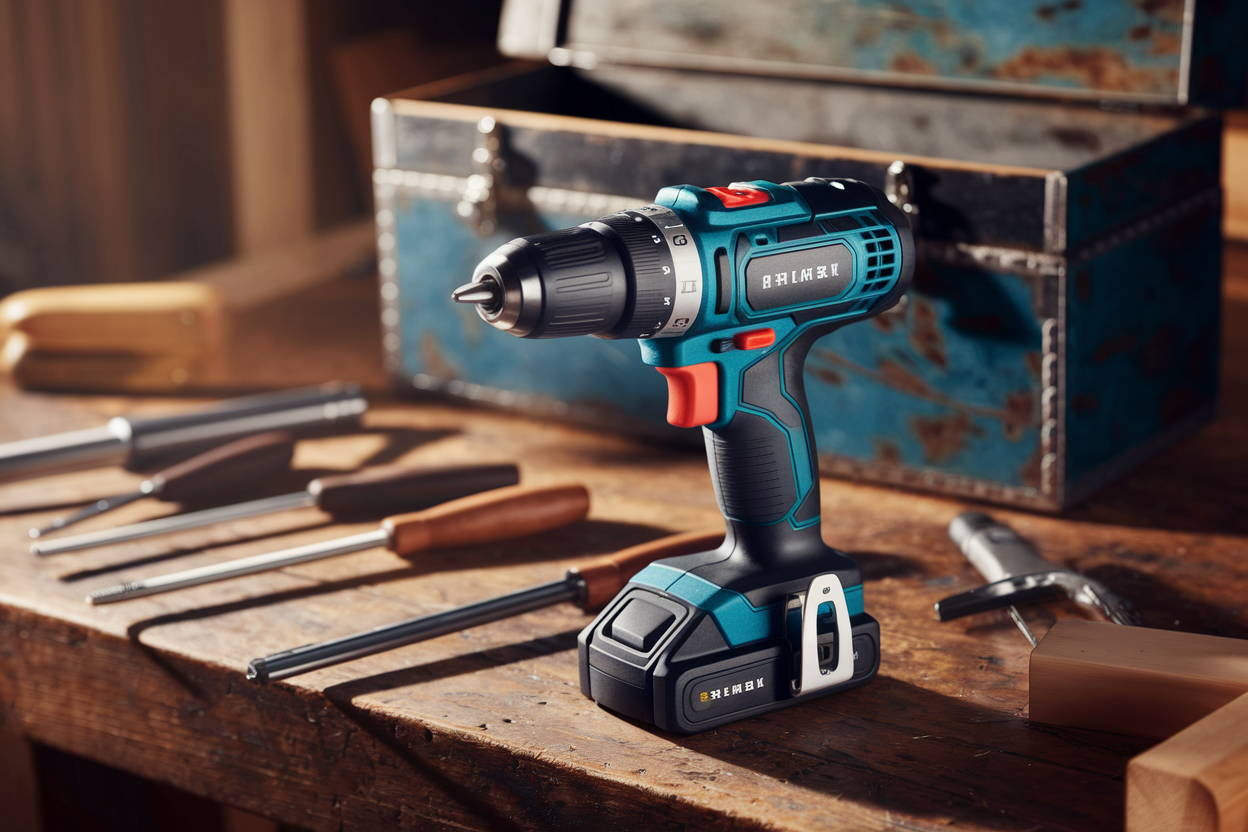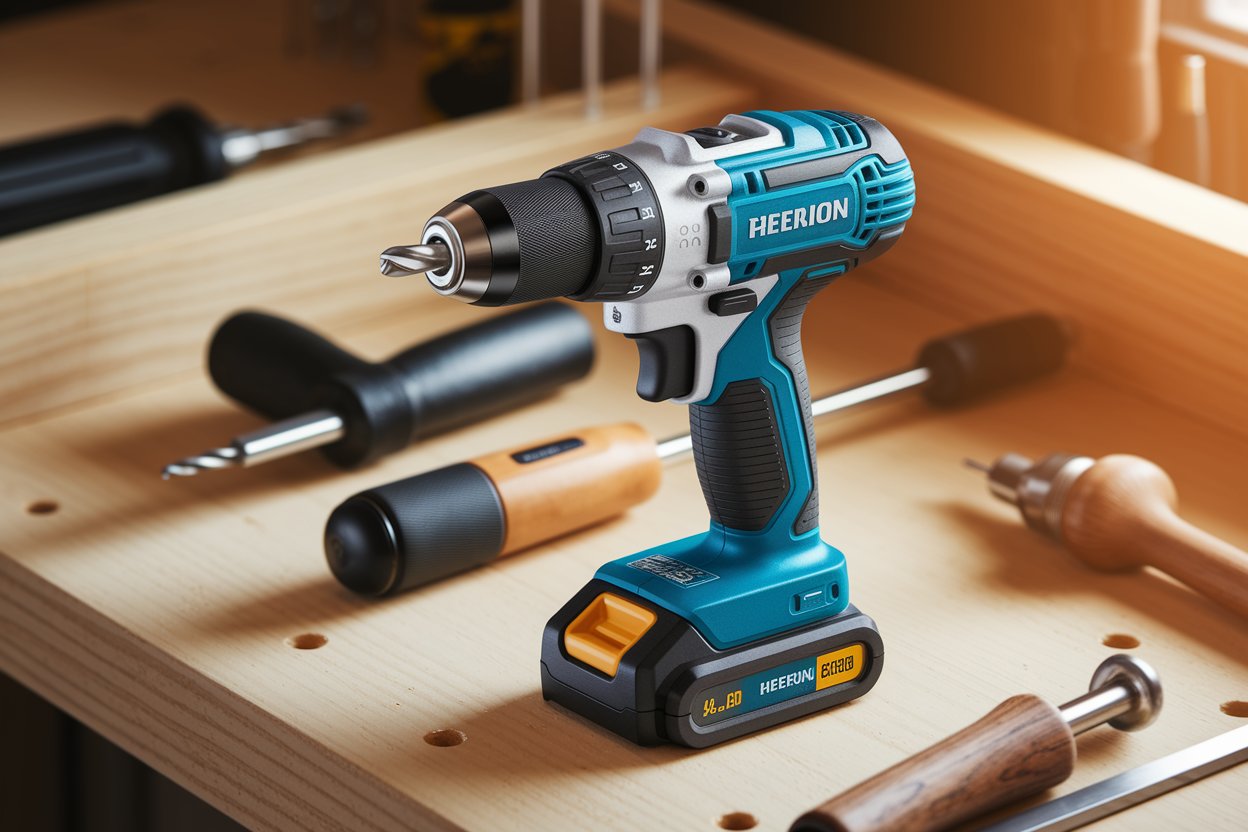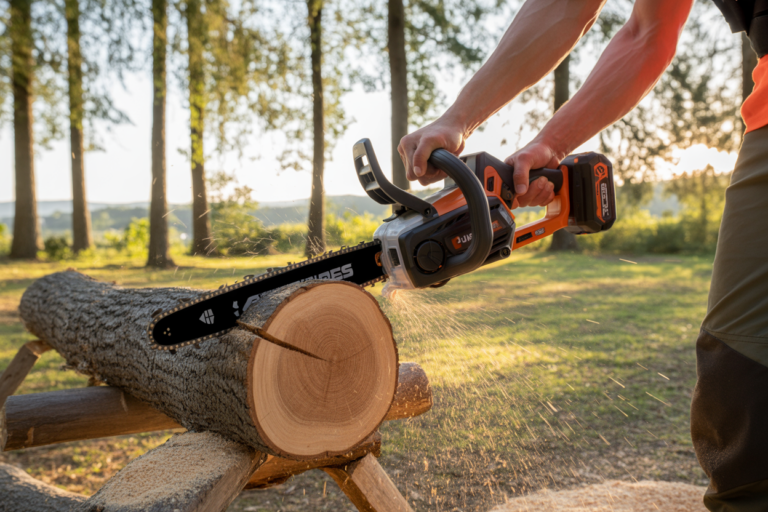
When I first started in the power tools business, trends were the last thing on my mind—I just wanted reliable tools that wouldn’t let my customers down. But today, market trends1 have become essential to staying ahead. So, let's dive into what really matters in power tools right now.
The power tools market is growing, driven by cordless tools, eco-friendly innovations, and rising DIY culture. Cordless drills are the top seller, while demand continues rising for sustainable, battery-powered solutions with smart technologies.
Understanding trends is vital—it helps us avoid costly mistakes, like the time I sourced tools that nobody wanted. Let's explore this deeper.
Power Tools Market Analysis
The market keeps evolving. Keeping up isn’t just helpful; it's crucial.
Currently valued over $35 billion globally, the power tools market is expected to grow steadily, driven by cordless technology, DIY popularity, and increased construction activities.

Why Is Cordless Technology Booming?
When I first began, corded tools2 ruled. Reliable, powerful, but limited by one thing—the cord itself. Today, cordless technology has taken over, and rightly so.
Cordless tools offer convenience. Imagine climbing up ladders without tripping over cords—trust me, I've seen some close calls. They're easier to transport, simpler to use, and becoming incredibly powerful, thanks to advanced lithium-ion batteries (learn more).
Let’s compare quickly:
| Feature | Corded Tools | Cordless Tools |
|---|---|---|
| Portability | Limited | Excellent |
| Power | Consistent | Improving rapidly |
| Convenience | Less convenient | Highly convenient |
| Trend | Stable or declining | Rapidly increasing |
I once ignored cordless trends, thinking it was a fad. Big mistake. My buyers, especially those like Deivis, demand cordless options. They're practical, sell well, and have strong market growth.
What is the most bought power tool?
One tool consistently sells more than the rest: the cordless drill.
Cordless drills are the most popular power tool due to versatility, ease of use, and suitability for both DIYers and professionals. They dominate sales globally.
Why Cordless Drills?
Think of the cordless drill3 as the Swiss Army knife of power tools—it drills, screws, assembles furniture, even mixes paint. When I source tools for Deivis and other clients, cordless drills top every request list. Their simplicity and flexibility are unbeatable. Plus, their margins are great, and customers rarely complain.
Recently, I supplied a batch of 21V drills to Italy. They weren't the cheapest, but their quality impressed even my skeptical clients. The feedback? Smooth handling, solid battery life, zero complaints (more tips). That’s why cordless drills remain king.
What is the demand for power tools?
Demand keeps rising, but why exactly?
Global demand for power tools continues growing, driven by booming construction markets, the DIY movement, and innovation in cordless and battery technologies.
Why Is Demand Growing?
Three reasons stand out clearly to me:
- DIY Popularity: Home improvement shows, YouTube tutorials—everyone feels empowered to do it themselves.
- Sustainable Solutions: People care more about the environment, pushing demand for eco-friendly, battery-powered tools.
- Construction Growth: Increased urbanization and infrastructure projects globally fuel demand.
I learned this the hard way. One year, I underestimated DIY trends, assuming construction alone drove sales. That year, I lost out on countless potential sales. Lesson learned: always track consumer behavior.
Who is the leader in power tools?
Leadership matters in this industry. Who really runs the market?
Stanley Black & Decker currently leads the global power tools market, followed closely by Bosch, Makita, Milwaukee, and Hilti.
Leaders Set Standards
Stanley Black & Decker, Bosch, Makita—these brands don’t just sell tools; they set standards. They influence what consumers expect—reliable performance, lasting quality, and advanced features.
But there’s room to maneuver. My client Deivis thrives precisely because these brands set the bar high, allowing him to offer similar quality at more competitive prices. Understanding these leaders helps us identify what quality and innovation truly mean.
What is the highest quality tool brand?
Quality can make or break a business. Let’s talk about the very best.
Hilti consistently ranks highest in quality, renowned for durability, performance, and reliability, especially in heavy-duty and professional applications.
Why Hilti Leads in Quality?
Hilti isn't cheap. But every euro spent is worth it—durability, precision, and reliability unmatched by most competitors. I've personally tested their drills and grinders—they outperform expectations consistently.
Quality means fewer returns, happier customers, and less stress—believe me, quality issues can ruin your season. Deivis knows this. He insists on high standards precisely to avoid quality headaches (quality insights).
Who makes best electrical tools?
Electrical tools are specialized. Which brand does it best?
Bosch is widely regarded as the top maker of electrical power tools, praised for innovative features, robust performance, and exceptional build quality.
Bosch's Electrical Edge
I once sourced cheaper electrical tools hoping to improve margins. It was a disaster—tools overheating, clients returning products, brand damage control all around. Then, I switched to Bosch designs. The change was instant—clients loved the robust motors, precision control, and reliable electrical safety standards.
Bosch invests heavily in research, which translates to innovation that actually benefits end-users. This keeps their electrical tools superior in performance and reliability (Bosch innovations).
Conclusion
Keeping up with power tool trends isn't optional anymore. It’s essential to understanding demand, ensuring quality, and making smart sourcing decisions—just ask anyone who’s learned it the hard way, like me.
-
Clicking this link will give readers updated insights into the latest trends in the power tools industry, helping them stay competitive and make informed decisions about product selections or business strategies. ↩
-
Clicking this link will help readers understand the evolution from corded to cordless tools, highlighting why cordless technology became dominant and what advantages it offers today. ↩
-
This link helps readers understand the versatility and multi-functionality of cordless drills, just like a Swiss Army knife—giving more context to the analogy. ↩







